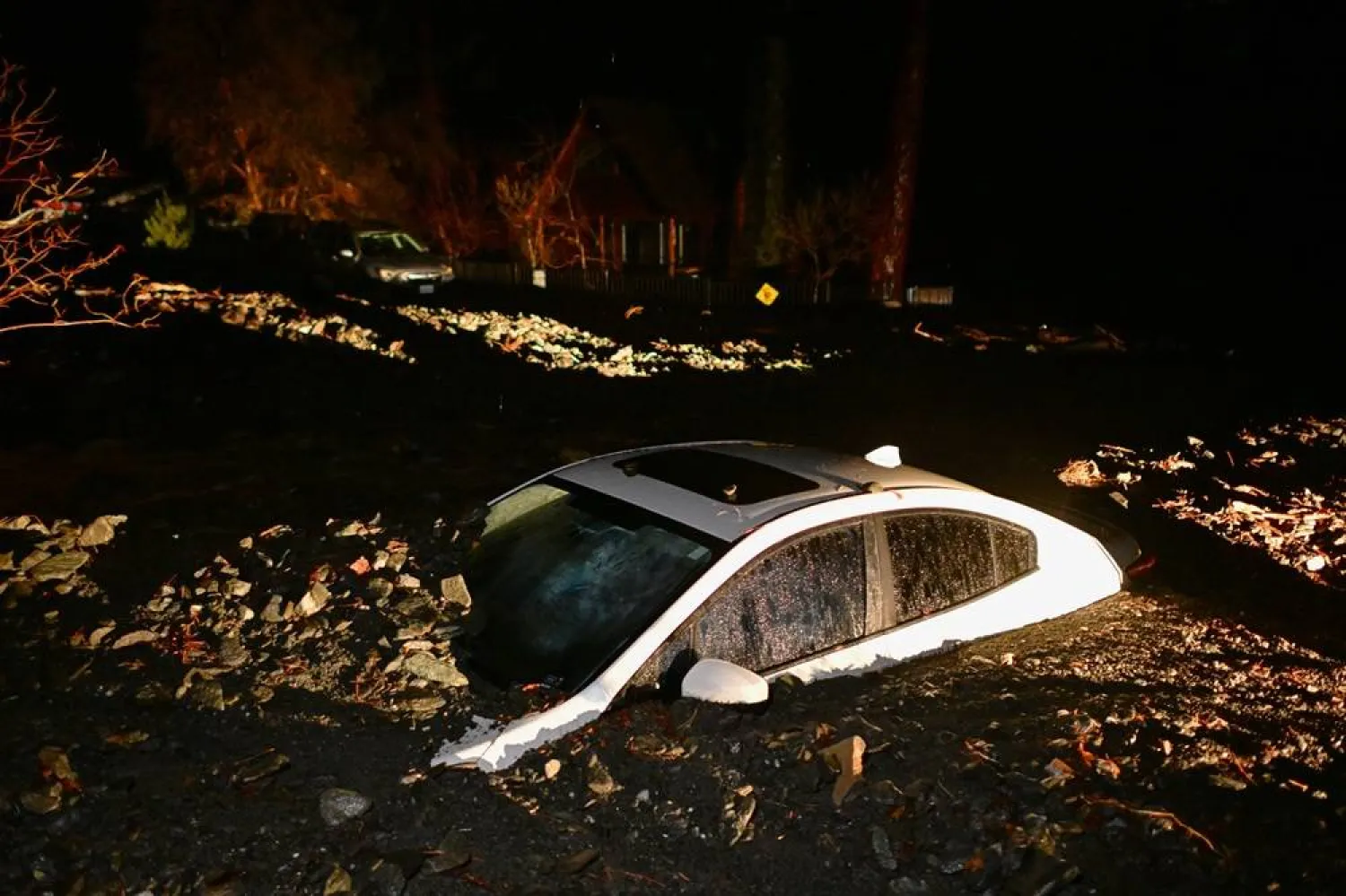Amid the green hills and meadows of central Bosnia, a local businessman has realized his long-held dream: recreating one of Vincent van Gogh's most famous paintings, The Starry Night, in the form of a nature park.
Halim Zukic from the town of Visoko decided to create a park after buying some land and a cottage in a nearby village 20 years ago, but he had no clear idea of what it should look like.
Then, six years ago, as he stood on a hill watching tractors in a hay meadow, he noticed their spiral-shaped wheel tracks in the earth, which reminded him of the swirling motifs in Van Gogh's canvas from 1889.
"From that moment, I was no longer in doubt," Zukic told Reuters. But his vision took time, money and effort to realize.
Zukic wanted the 10-hectare Starry Night park to be part of a larger complex offering a retreat to visitors. He planted more trees and created 13 lakes using existing natural streams.
To match the painting, 130,000 bushes of lavender in six different shades were planted, as well as other medicinal and aromatic herbs such as sage, echinacea, wormwood and chamomile, forming colorful circles, spirals and natural amphitheaters.
Zukic did all the landscaping himself. He said recreating the painting had helped him understand artists and the creative challenges they face.
"This is the largest representation of The Starry Night, and the result of 20 years of dreams, of living those dreams to make them real," he said.
The Starry Night park will focus on art programs and the promotion of central Bosnia's cultural heritage, Zukic said.









